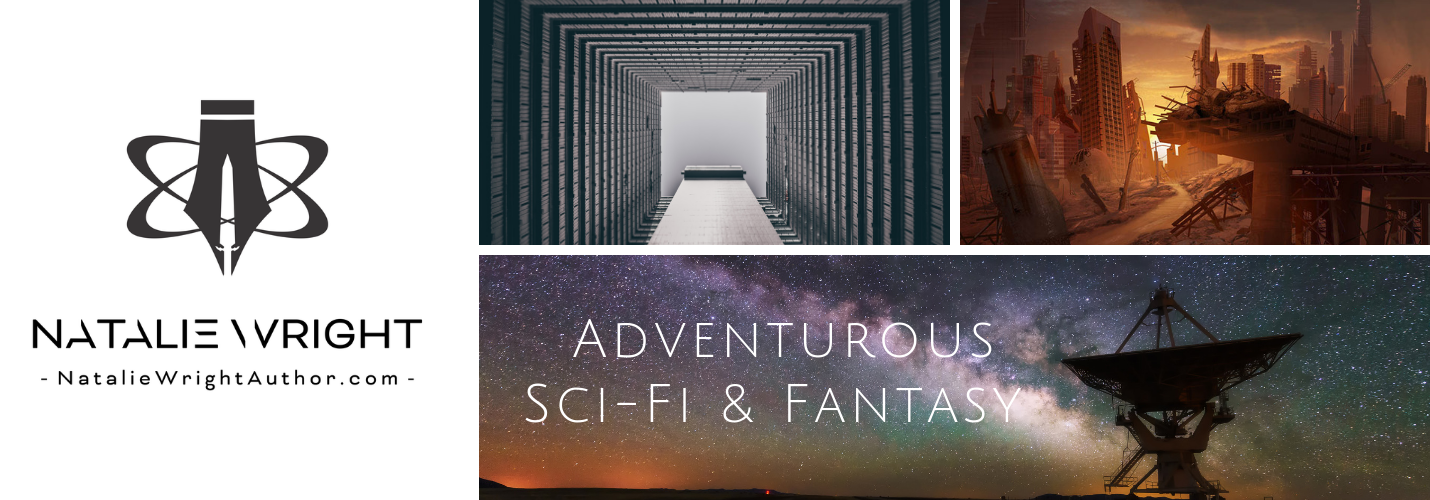 |
| Photos via Green Chameleon, Thought Catalog & Raw Pixel |
I’ve had a wicked-bad case of writer’s block for the better part of a year now.
Or perhaps “writing block” isn't the best way to describe it. Maybe it's more of a “finishing block.”
I’ve started over a dozen short stories and three separate novels in the past twelve months.
I’ve finished a grand total of 0.
I’ve completed six novels in six years. This dry spell is not typical for me.
The good news is that I have identified some of the gremlins gunking up my works. I’m got a plan on how to eradicate the little buggers (at least for now).
One of the best ways I know to get back into anything—exercise, healthy eating, writing—is to just get back on the horse and ride every single day.
Last week my post was about how to get and keep fans. One of the three points was about consistency (you can see the full post here). I have failed at my goal of greater writing consistency this year, but I'M NOT GIVING UP!!
Over the past ten years of my writing journey, I’ve learned that there aren’t many hard and fast rules in the world of writing. But there is one, and I’ll state here as black letter law:
There is no limit to the amount of editing you can do to a draft, but you absolutely cannot edit a draft that does not exist.
And this is where NaNoWriMo comes in. I “won” NaNoWriMo (I’ll use WriMo from here on) in both 2011 and 2012. I produced two finished novels from my work in those two WriMo years (Emily’s Trial was published in 2012 and Emily’s Heart in February 2014).
One of the great benefits of WriMo is the commitment the writer makes to herself to write every day (or nearly so) for a month. I recall feeling that it was easier to stay focused on the story because I was firmly planted in it by writing every day.
For me, stopping and starting while working on a novel can cause stall outs that turn into long-term parking. Perhaps you can relate to this.
My writing is rusty right now. I’ve been out of the daily writing habit for over nine months. Every day, I’m staring at a blank screen. I’ve full on planned three different novels (one of them I have outlined five different times!). Talk about a stall out! I’ve talked myself into assuming the story would suck before I’ve even written it.
The thing is, I know better. I talk with writers at comic cons and book festivals frequently, and the advice I give is to keep pushing through. Don’t read back over what you’ve written because you’ll talk yourself into thinking it sucks and not worth continuing.
I know this because I’ve done it, but learned not to. That’s how I produced six novels (rather than giving up on the first and never writing again, something I know lots of people have done).
I know that I’m not alone; that the fear of the blank page affects most writers, even capable and experienced ones. (Check out this bit of advice from one of my favorite authors, Barbara Kingsolver.)
The bottom line: I refuse to give up on the stories cawing at me like crows from pillars in my mind. This year I’ll use WriMo as a tool to get back on the horse and ride.
Are you with me?
Who else is doing NaNoWriMo this year?
Drop a line in the comments if you've done NaNo before and let us know how it went? Any hints or tips?
And if you're a WriMo "virgin", shout out your intention to give it a try this year.







